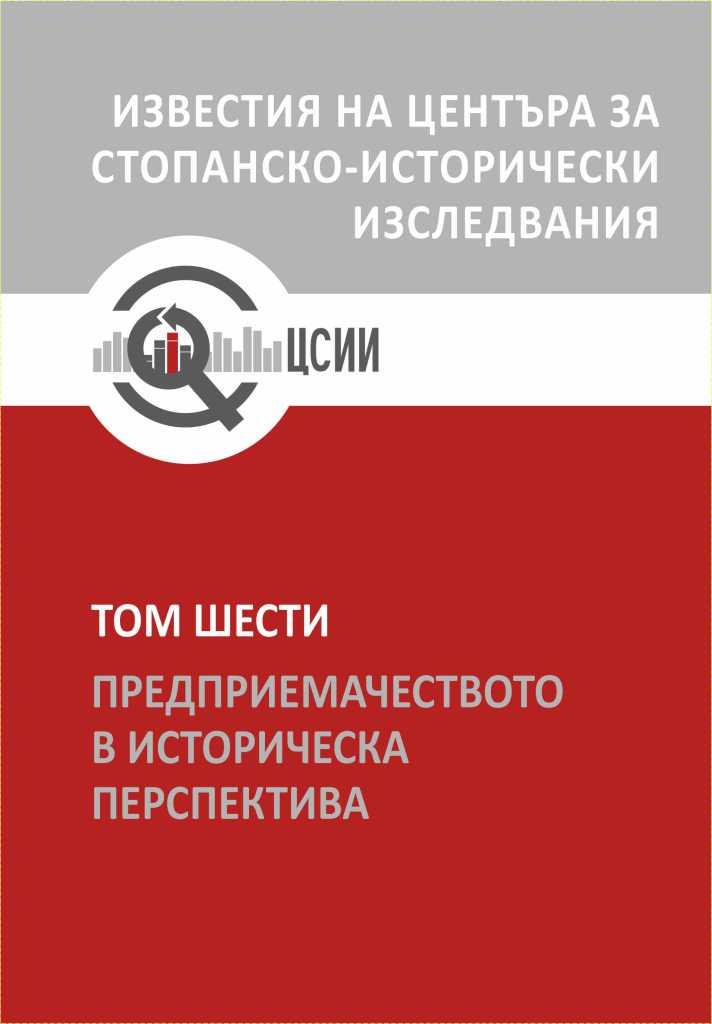Да си купиш османски дълг преди фалита: някои наблюдения върху емисията на нови облигации (ESHAM-I CEDID) от 1871–1872 г.
Buying Ottoman Debt before the Bankruptcy: Some Observations on the Emission of New Bonds (ESHAM-I CEDID) in 1871–1872
Author(s): Hristiyan AtanasovSubject(s): History, Economy, National Economy, Economic history, Political history, Social history, 19th Century, Financial Markets, Public Finances, Business Ethics, Socio-Economic Research
Published by: Център за стопанско-исторически изследвания
Keywords: Ottoman Empire; internal debt; new bonds (esham-ı cedid); bancruptcy; Danube Vilayet
Summary/Abstract: At the end of 1871 the Ottoman government initiated emission of internal debt. The goal was to raise funds for the construction of railways in Anatolia. New bonds (esham-ı cedid) have been issued for a period of ten years, with an annual interest rate of 10%. The securities were offered for purchase to Ottoman subjects not only in Constantinople (Istanbul) but also in the Ottoman provincial centres. The available scattered and incomplete records suggest significant interest in the new bonds. Therefore, the emission can be considered successful, and the Ottoman government managed to sell its securities under the initially proposed conditions. It is important to be mentioned that apart from private individuals, provincial institutions such as orphans’ funds (eytam sandığı) and city councils (belediye meclisi) also invested their capital in the new bonds. These investments are particularly indicative and raise a number of questions. In addition, the emission itself and the purchase of securities took place at a time when the Ottoman financial system definitely did not enjoy a good reputation and its indebtedness to external creditors was a well-known fact. Eventually, the Sublime Porte went bankrupt in 1875. The article presents the author’s initial observations, and the conclusions cannot be considered definite. However, the information about the emission of securities from 1871–1872 suggests both the personal interest of investors and the ability of the Ottoman centre to skilfully use the assets of provincial institutions to finance its infrastructure projects.
Journal: Известия на Центъра за стопанско-исторически изследвания
- Issue Year: VI/2021
- Issue No: 1
- Page Range: 86-103
- Page Count: 18
- Language: Bulgarian

